How to clean a wooden chopping board to ensure a bacteria-free surface
Follow this specialist guide for deep cleaning your chopping board, with insights from cooking and cleaning experts
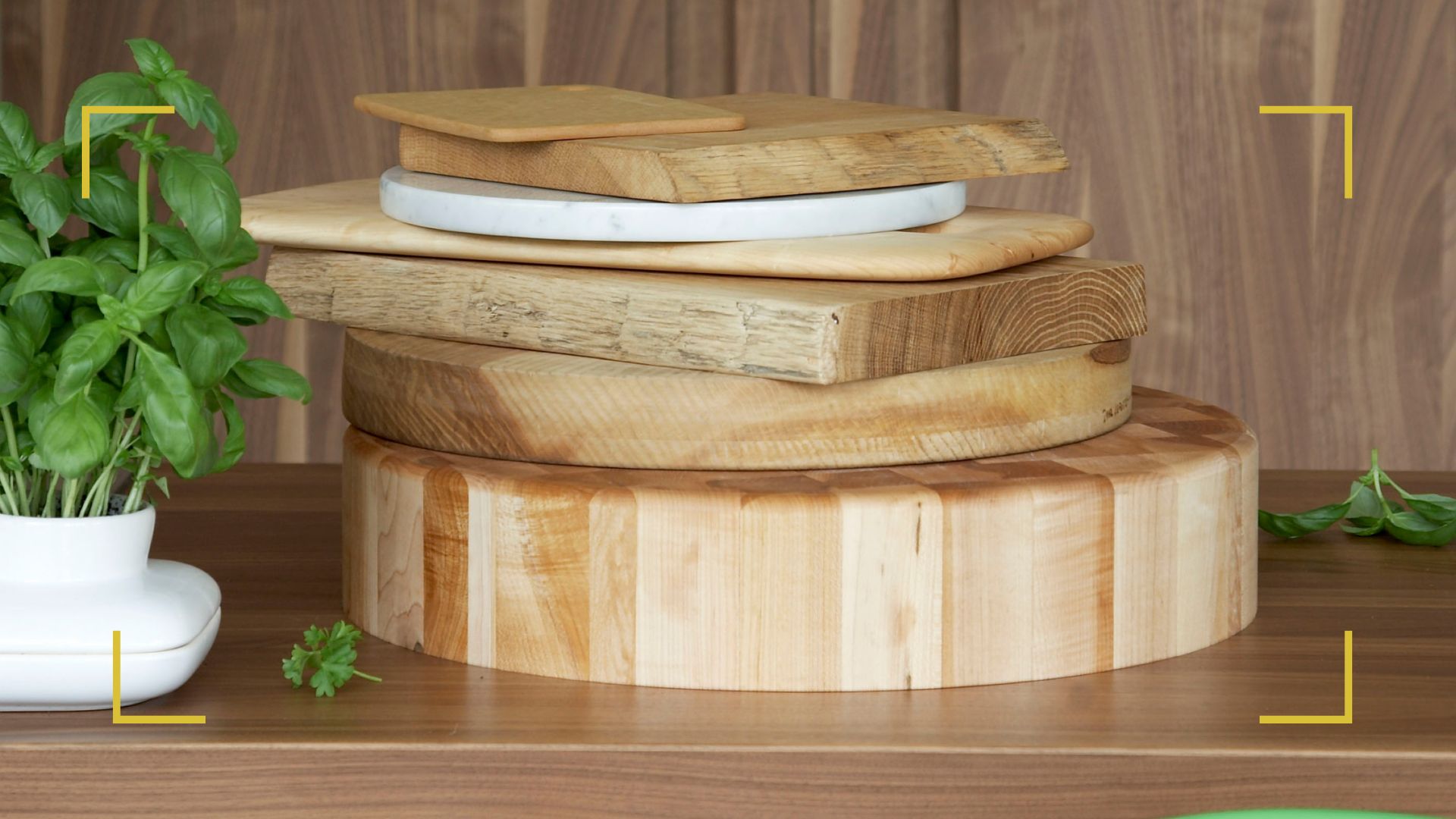

Chopping boards are among the most-used items in our kitchens. It's therefore no surprise to learn that such frequent use makes wooden chopping boards significant culprits for harbouring nasty bacteria when not cleaned sufficently.
Failing to clean this wooden kitchen essential properly, both during your daily cleaning habits and for a thorough deep clean, is something professional chefs warn us about – but one that's easily avoided.
Similar to cleaning wooden spoons, a gentle approach is best, as the experts explain below in our guide on how to clean a wooden board without causing damage.
How to clean a wooden chopping board: expert tips
No one wants to spend hours on end cleaning their kitchen; therefore, knowing how to clean your kitchen quickly yet thoroughly can be extremely useful. However, there are some areas in your kitchen that may need a little extra care and attention, one of these being your wooden chopping board.
"Start by brushing off any crumbs or food bits, using a spatula or just your hand. Then sprinkle a generous pinch of coarse salt across the board to act as a mild abrasive," instructs cleaning expert at Smol, Catherine Green.
Then, grab half a lemon and scrub the surface using the cut side of the fruit. Not only will the combination lift grime and remove stains, it will also help deodorise your chopping board.
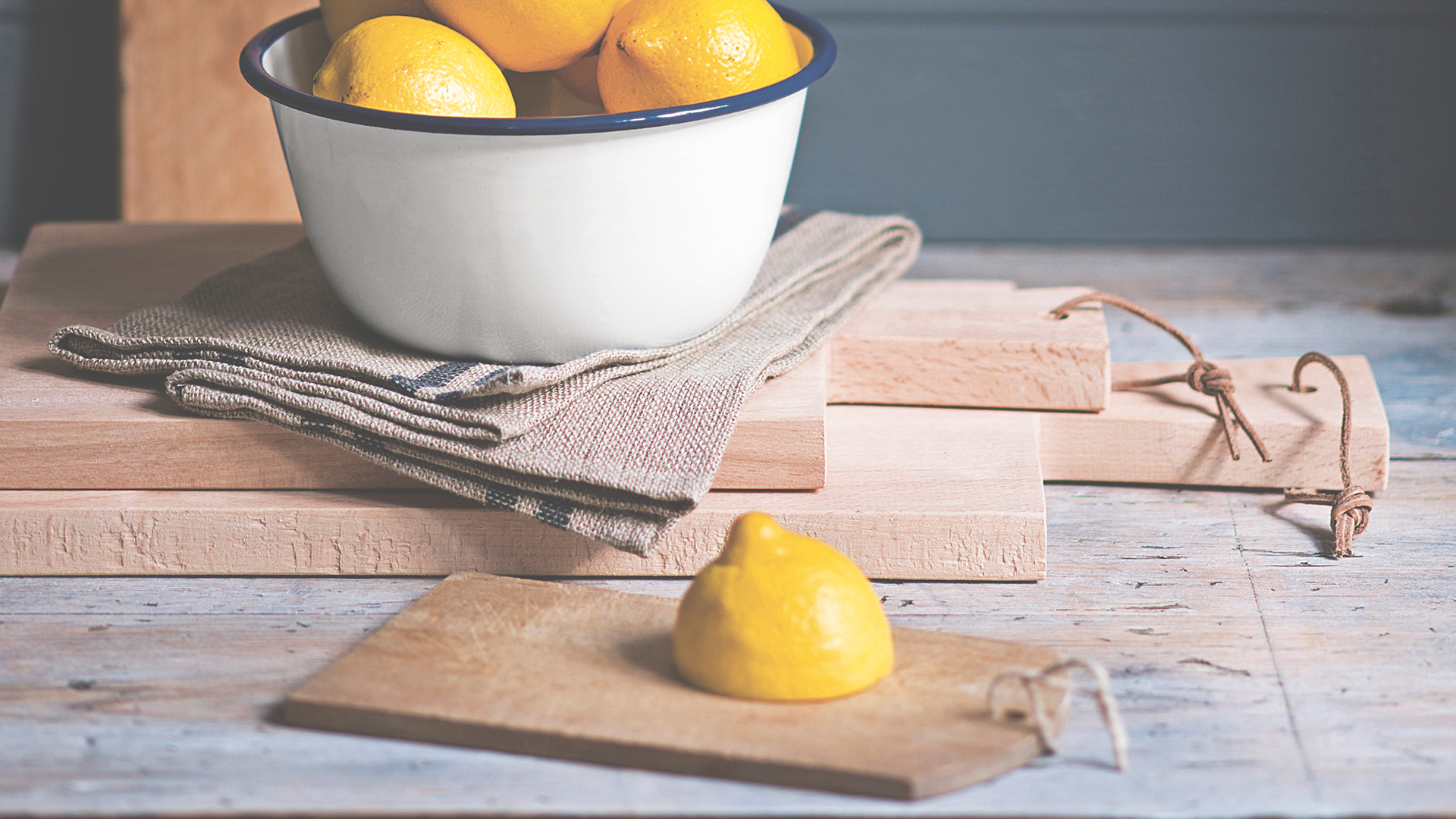
After giving the board a good scrub all over and letting the juices settle in, Catherine recommends rinsing it with warm water, wiping dry with a cloth and then allowing it to stand upright until it's completely air dry.
Sign up to our free daily email for the latest royal and entertainment news, interesting opinion, expert advice on styling and beauty trends, and no-nonsense guides to the health and wellness questions you want answered.
This is the best expert cleaning hack to get that thorough deep clean of your wooden chopping board. However, the experts do recommend a more time-sensitive method after each use. A simple yet thorough wash with dish soap and warm water will do the trick just fine.
Just make sure you're not soaking the board, as the porous nature of the wood can lead to it splitting or warping. A consideration you'll be familiar with if you often clean hardwood floors
However, you'll need to go the lemon and salt route once every couple of weeks, depending on how often you use your chopping board and the amount of stains and smells it has.

Having worked for the cleaning brand Smol since its creation, Catherine has tested each and every product before its release. She is also involved with the production team's process and provides feedback for the development of the company's products.
How to keep a wooden chopping board bacteria-free
As a hotspot for bacteria, chopping boards can not only be a safety issue, but they can also thwart any attempt to make your kitchen smell good. Luckily, there are simple ways to prevent bacteria.
"Clean it straight after each," says Catherine. "Use warm water and washing up liquid is fine. Then once in a while, spray on white vinegar or a 1:1 mix of water and hydrogen peroxide, let it sit for a few minutes, and rinse it off."
She then points out that the main thing is to ensure it's thoroughly dry before you put it away after each clean.
"Treating it with a food-grade mineral oil every once in a while will also prevent moisture absorption (which makes life harder for bacteria)," adds Catherine.
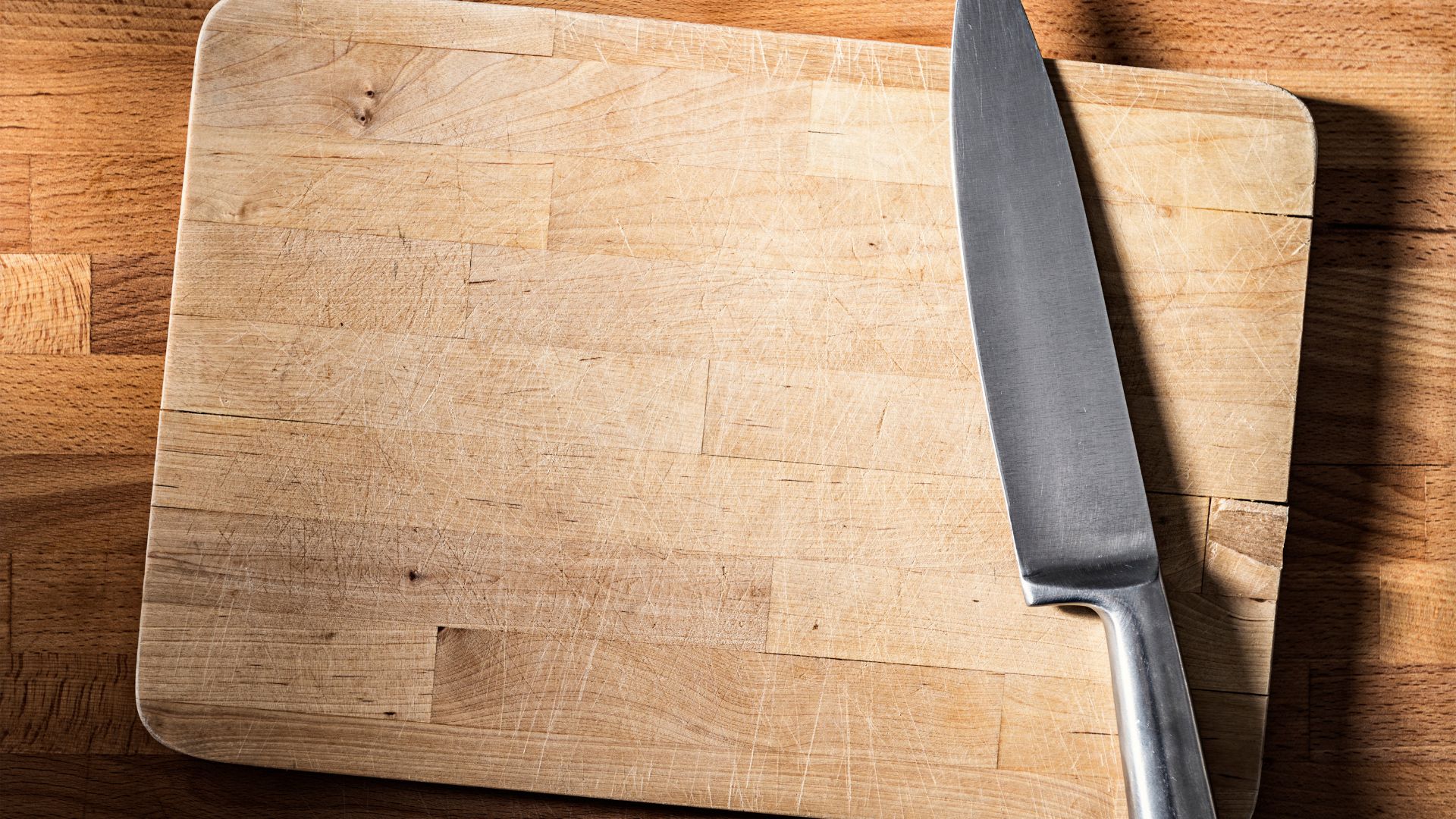
FAQs
How do chefs clean their chopping boards?
If you're looking for some essential kitchen cleaning tips from professional chefs, then you're in luck. "Chefs keep it quick and no-nonsense," explains Catherine.
"A rinse under hot water, a squirt of washing-up liquid, a scrub, and then a thorough dry. Some go the extra step and wipe it down with white vinegar or a mild hydrogen peroxide solution, especially if it’s been used for raw meat."
She points out that the biggest rule is never to let the board stay damp. Professional cooks also ensure they are using separate boards for meat and veg, to avoid any nasty cross-contamination.
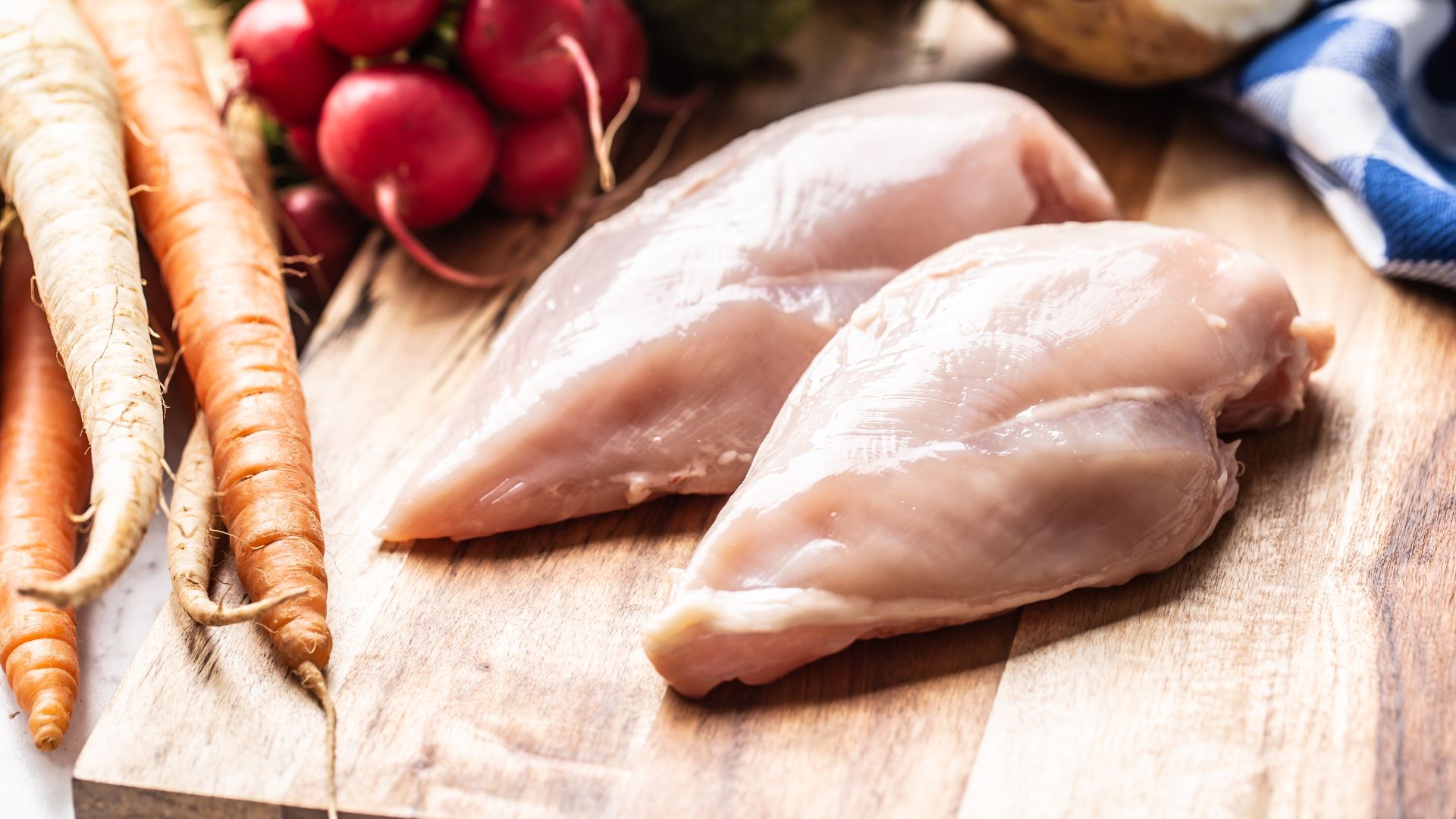
What is a natural disinfectant for a wood chopping board?
When it comes to think we prepare food, it's a good idea to use as few chemicals as possible and stick to natural alternatives. Even when cleaning your kitchen cabinets, many experts would recommend the natural route.
"White vinegar works a treat. It’s antibacterial, biodegradable and probably already in your kitchen. You can also mix it with a bit of lemon juice or bicarbonate of soda if you want to boost the cleaning power, but vinegar on its own does the job nicely," advises Catherine.
Kathryn Farrell, Cooking Buyer at Lakeland, also recommends using a food-safe mineral oil or beeswax on the board with a clean cloth. Doing this will battle against bacteria while you're using the board and help to keep it out of the small crevices in the wood.
Does white vinegar clean chopping boards?
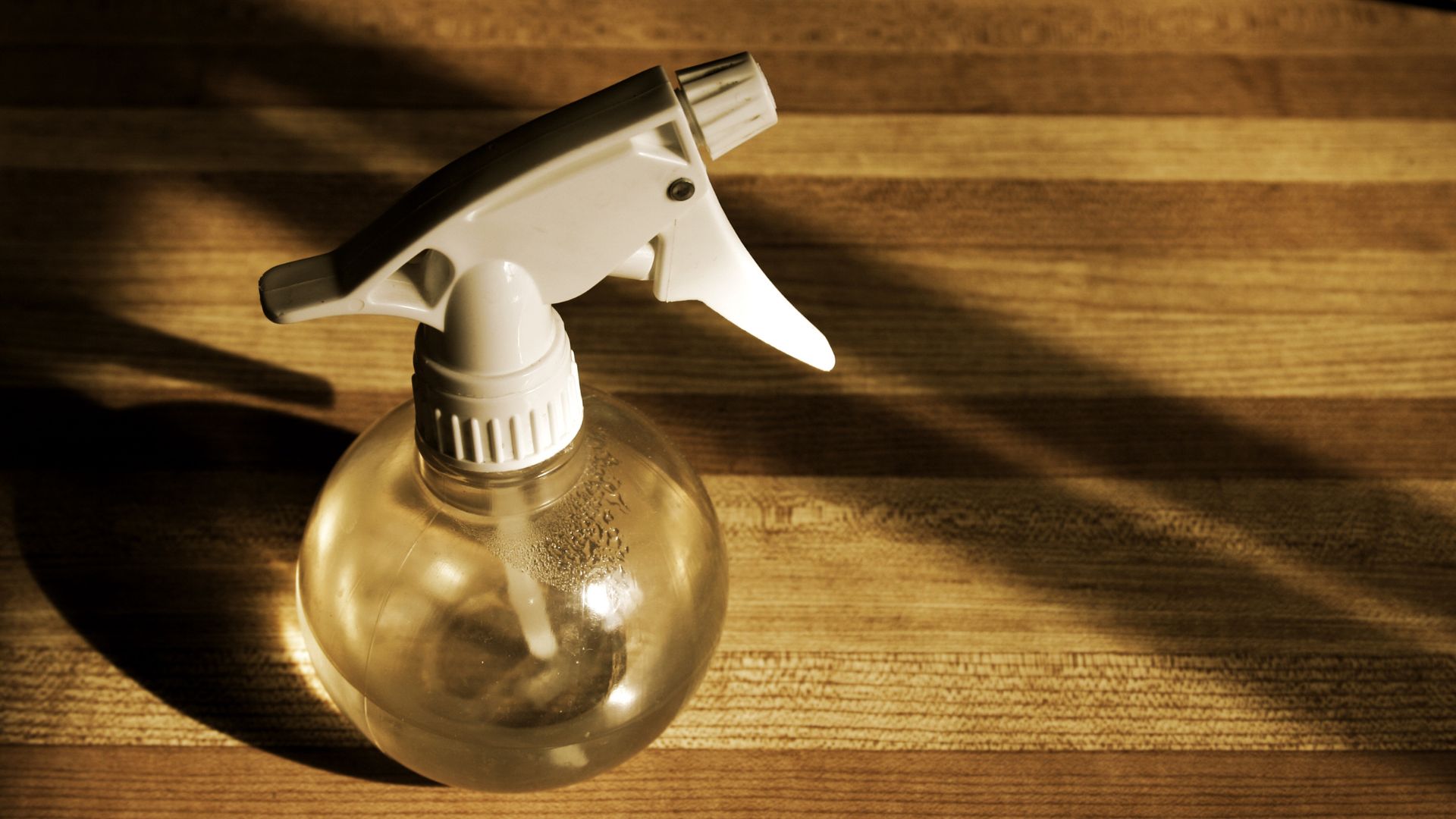
It's no secret that cleaning with vinegar is the answer to many a household chore. There are so many advantageous properties to vinegar when it comes to cleaning, and your chopping board can benefit massively from it.
"Yep, white vinegar cuts through grease, gets rid of smells and kills most bacteria. Apply it to your chopping board, wait a few minutes, wipe, rinse and dry. No need for anything stronger!" says Catherine.
Shop chopping board cleaning essentials
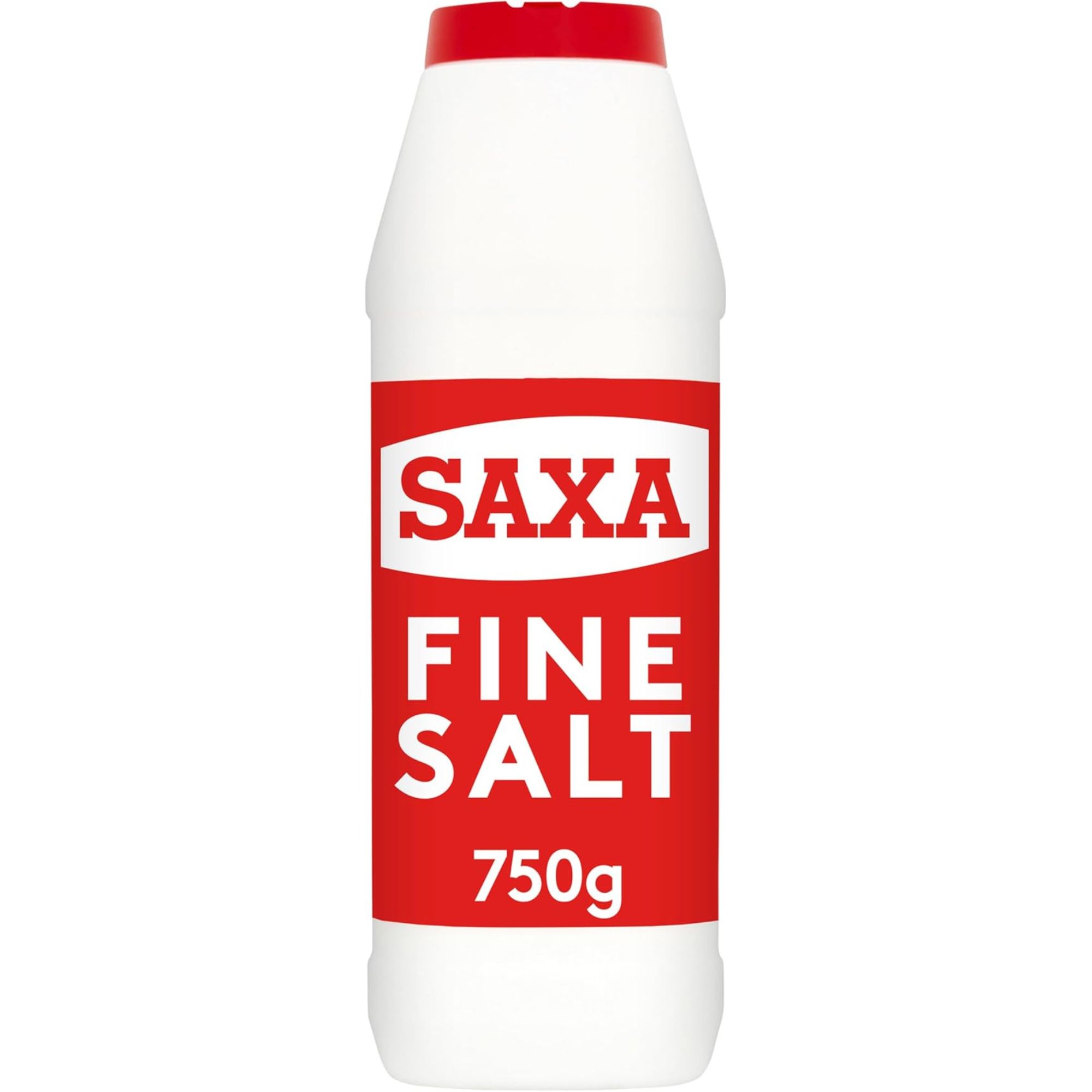
RRP: £1.77 | Whilst you can certainly pick up table salt for under 70p in your local supermarket, this is the branded version that will work just as well for your wooden chopping board.

RRP: £5.99 | White vinegar is a brilliant, gentle cleaner that will make quick work of breaking down dirt and killing bacteria whilst also being gentle on various surfaces.
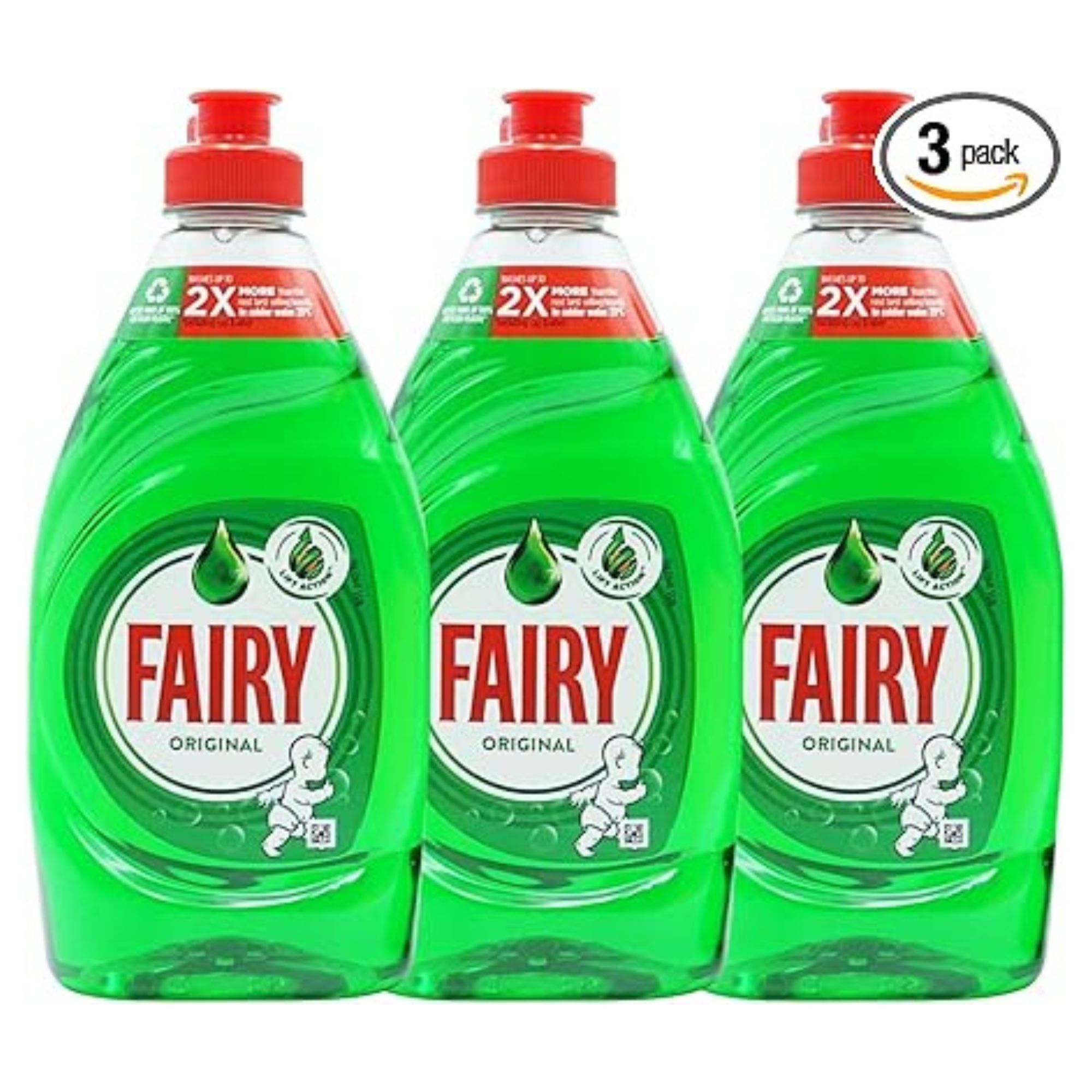
RRP: £8.95 for 3 x 320ml | Dish soap really is the wonder product when it comes to cleaning, especially in places where you don't want to use lots of chemicals, like your kitchen.
Now you know how to clean this kitchen essential, you can rest assured that you and your household are safe from nasty bacteria every time you cook.

Emily joined woman&home as a staff writer after finishing her MA in Magazine Journalism from City University in 2023. After writing various health and news content, she now specialises in lifestyle, covering unique cleaning hacks, gardening how-tos, and everything to help your houseplants thrive.
